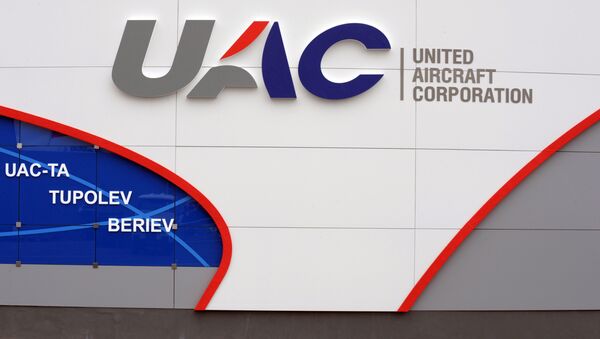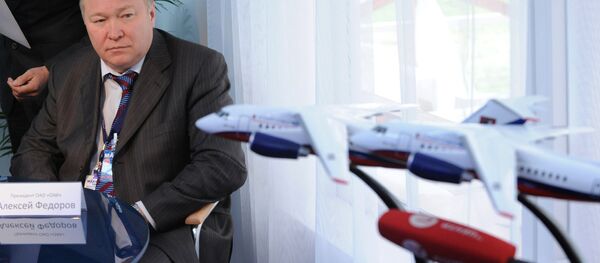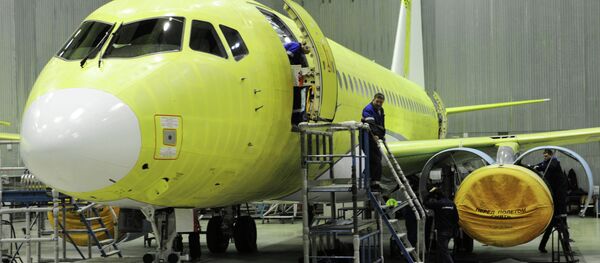"If we do end up encountering difficulties over the import of components, including engines, the solution to the problem will lay with China, against which no one would dare to implement sanctions. Moreover, if the aircraft were to be assembled in China, the project would formally be considered Chinese, and therefore would not fall under any sanctions," Gusarev said in an interview for Sputnik on Friday.
On Wednesday, Russian United Aircraft Corporation (UAC) head Yuri Slusar told journalists that the creation of the aircraft is expected to cost approximately $13 billion US. Russia and China are splitting the costs of the project 50/50, each side responsible for the provision of $6.5 billion worth of funding.
The cost of the project is a best-case projection, Gusarev believes. "The amount for such a project cannot be any lower. It would be great if they could keep within the $13 billion estimate. For example, according to unofficial figures, the cost of the [development of the] Sukhoi Superjet was about $7 billion. The Superjet is a narrow-body aircraft, and therefore costs less [to develop]."
The expert believes that China's interest in the project stems from the fact that it will help the country to master the technology of constructing long-range wide-body aircraft in the long term, and will help the country to cope with its passenger air traffic in the short term.
In return, Russia sees China as a source of funding for the project, and as a market which will immediately provide it with a large number of orders once development is complete. In addition, Gusarev believes that China will serve to advertise the project. "The hardest thing to do is to convince the buyer that the product is worthwhile. China in this sense will make good PR for the project."
Gusarev noted that it is too early at present to predict how the two countries will distribute the production tasks. "This is a commercial project. The construction of the aircraft must be economically justified. Therefore, each partner must take on the tasks which are in his strengths. [Russia, for example, is] strong in the production of composite wings. And China, thanks to the Airbus program, has considerable experience in the area of the fuselage."
In Gusarev's view, the project is oriented primarily towards the markets of China, the Asia Pacific region, and Latin America. "The plane could find its demand anywhere. That the project won't be allowed to enter the Western market is another matter. In the field of high technology there is no market, only politics," the expert notes.
Slusar told reporters on Wednesday that he expects that the plane will carry out its first flight in 2021, and would go into production in 2025. The project is a joint partnership between the UAC and the Commercial Aircraft Corporation of China (COMAC).





